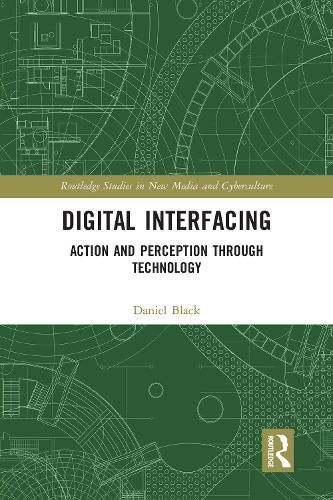Readings Newsletter
Become a Readings Member to make your shopping experience even easier.
Sign in or sign up for free!
You’re not far away from qualifying for FREE standard shipping within Australia
You’ve qualified for FREE standard shipping within Australia
The cart is loading…






This book takes the interface - or rather to interface, a process rather than a discrete object or location - as a concept emblematic of our contemporary embodied relationship with technological artefacts. The fundamental question addressed by this book is: How can we understand what it means to perceive or act upon the world as a body-artefact assemblage? Black works to clarify the role of artefacts of all kinds in human perception and action, then considers the ways in which new digital technologies can expand and transform this capacity to change our mode of engagement with our environment. Throughout, the discussion is grounded in specific technologies - some already familiar and some still in development (e.g. new virtual reality and brain-machine interface technologies, natural user interfaces, etc.). In order to develop a detailed, generalizable theory of how we interface with technology, Black assembles an analytical toolkit from a number of different disciplines, including media theory, ethology, clinical psychology, cultural theory, philosophy, science and technology studies, cultural history, aesthetics and neuroscience.
$9.00 standard shipping within Australia
FREE standard shipping within Australia for orders over $100.00
Express & International shipping calculated at checkout
This book takes the interface - or rather to interface, a process rather than a discrete object or location - as a concept emblematic of our contemporary embodied relationship with technological artefacts. The fundamental question addressed by this book is: How can we understand what it means to perceive or act upon the world as a body-artefact assemblage? Black works to clarify the role of artefacts of all kinds in human perception and action, then considers the ways in which new digital technologies can expand and transform this capacity to change our mode of engagement with our environment. Throughout, the discussion is grounded in specific technologies - some already familiar and some still in development (e.g. new virtual reality and brain-machine interface technologies, natural user interfaces, etc.). In order to develop a detailed, generalizable theory of how we interface with technology, Black assembles an analytical toolkit from a number of different disciplines, including media theory, ethology, clinical psychology, cultural theory, philosophy, science and technology studies, cultural history, aesthetics and neuroscience.